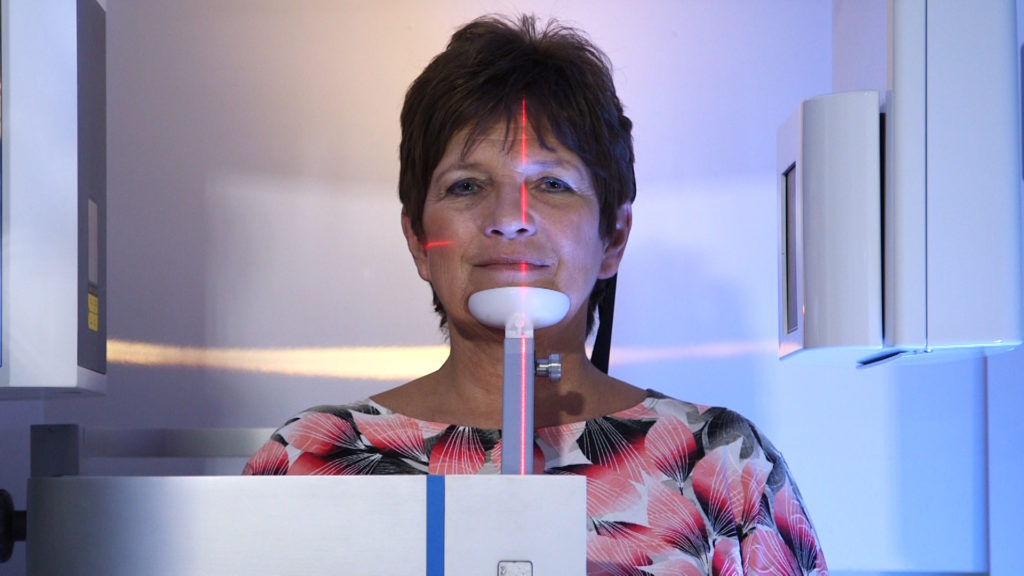Integrating Cutting-Edge Digital Technology at WPOMS
Impressions are an important step in almost any dental treatment plan. For implant patients, your impressions allow your oral surgeon to create a precise mold of all of your teeth, ensuring that your dental implant will fit with your bite. Traditionally, this meant that a tray full of goopy alginate impression material would be inserted into your mouth and left to harden for a few minutes. This, unfortunately, is not always the most comfortable experience for you. The alginate material does not taste great, and it may activate the gag reflexes of some patients. However, there is a new, cutting-edge way to take digital impressions instead of physical ones: intraoral scanners. In Dr. Krakora’s office, we use the TRIOS Scanner to create precise digital impressions while ensuring that our patients have a comfortable experience. Here’s how it works.The TRIOS Scanner for Dental Implant Patients
When you come in to WPOMS to take your digital impressions, you’ll see one of our surgical assistants with a hand-held device that looks like something out of science fiction. Have no fear—this is our TRIOS Scanner! You can sit back and open wide while our assistant guides the scanner around your teeth and gums at all angles. The scanner takes 3,000 pictures per second and combines them to create an incredibly accurate 3D image. You’ll be able to watch on a nearby screen as the virtual model of your mouth is constructed piece by piece, in full color. All of this is done without any discomfort; you just have to help keep your tongue and cheeks out of the way. When your scan is finished, it gets combined with the data from your CT scan so the surgeon can use it for treatment planning. One of the ways we use your TRIOS scan is via the surgical guide. With the data from your TRIOS and CT scans we can plan the most optimal implant placement for you. We then design a surgical guide, which will help your surgeon place your implants in the correct locations and positions during surgery.
Another set of digital impressions can also be taken of your mouth and abutments after your dental implant surgery. At this stage, the scan is used to design and create the crowns for your implants, ensuring that the crowns will be available at your general dentist by the time you get there and eliminating unnecessary appointments. For patients who are receiving full arch restorations like All-on-4, the scans can create the framework of the bridge restoration. CAD/CAM technology constructs crowns and bridges in a dental laboratory.
One of the ways we use your TRIOS scan is via the surgical guide. With the data from your TRIOS and CT scans we can plan the most optimal implant placement for you. We then design a surgical guide, which will help your surgeon place your implants in the correct locations and positions during surgery.
Another set of digital impressions can also be taken of your mouth and abutments after your dental implant surgery. At this stage, the scan is used to design and create the crowns for your implants, ensuring that the crowns will be available at your general dentist by the time you get there and eliminating unnecessary appointments. For patients who are receiving full arch restorations like All-on-4, the scans can create the framework of the bridge restoration. CAD/CAM technology constructs crowns and bridges in a dental laboratory.


